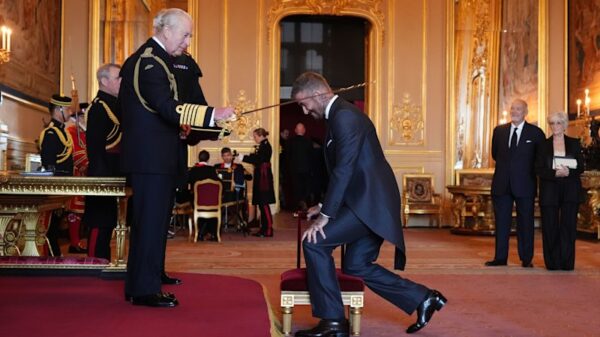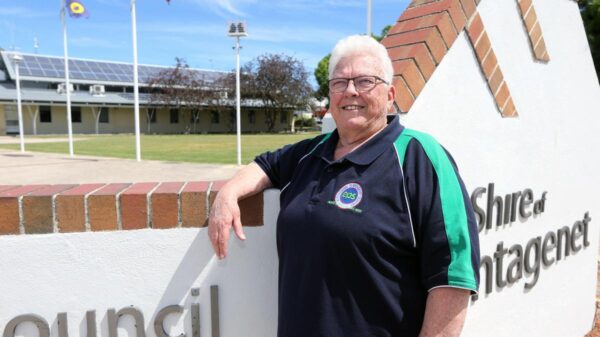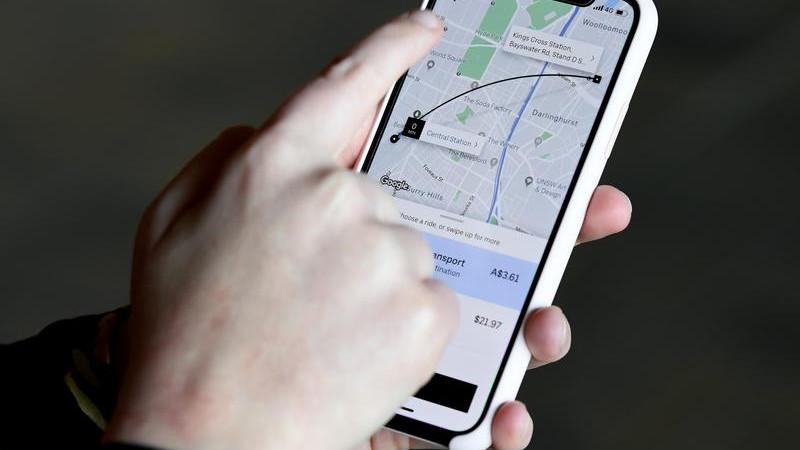UPDATE: Uber has just announced a groundbreaking feature allowing women drivers and riders to request matching with one another, aiming to bolster safety on its platform. The ride-hailing giant will begin piloting this initiative next month, specifically in Los Angeles, San Francisco, and Detroit, giving women more control and comfort when using the service.
This new tool lets women passengers select a preference for female drivers in their app settings, while women drivers can choose to only drive female passengers. “It’s about giving women more choice, more control, and more comfort when they ride and drive,” said Camiel Irving, Uber’s vice president of US and Canada operations, in a recent statement.
While the feature doesn’t guarantee rider preferences, it substantially increases the likelihood of women being paired together, addressing ongoing safety concerns that have plagued ride-hailing services. Uber has been proactive in tackling these issues, previously testing similar features in countries like France, Germany, and Argentina.
This isn’t Uber’s first attempt at providing gender-specific options. In 2019, the company introduced a women rider preference feature for female drivers in Saudi Arabia shortly after women gained the right to drive. That initiative has since expanded to around 40 countries.
Uber’s move comes as the ride-hailing industry faces heightened scrutiny over safety, particularly regarding incidents of sexual assault and harassment. A survey conducted by the company in 2015 revealed that only about a fifth of its US drivers were women, highlighting the need for enhanced safety measures.
In response to these safety concerns, Uber has rolled out various features in recent years, including teen accounts and rider verification systems. Meanwhile, competitor Lyft introduced a similar option in late 2023 that allows women and nonbinary drivers and riders to be paired together.
As Uber prepares to launch this new feature, the potential impact on women’s safety and comfort in ride-hailing services could be significant. Stay tuned for updates as the pilot program rolls out next month, offering a promising step forward in enhancing safety and choice for women on the road.



































































